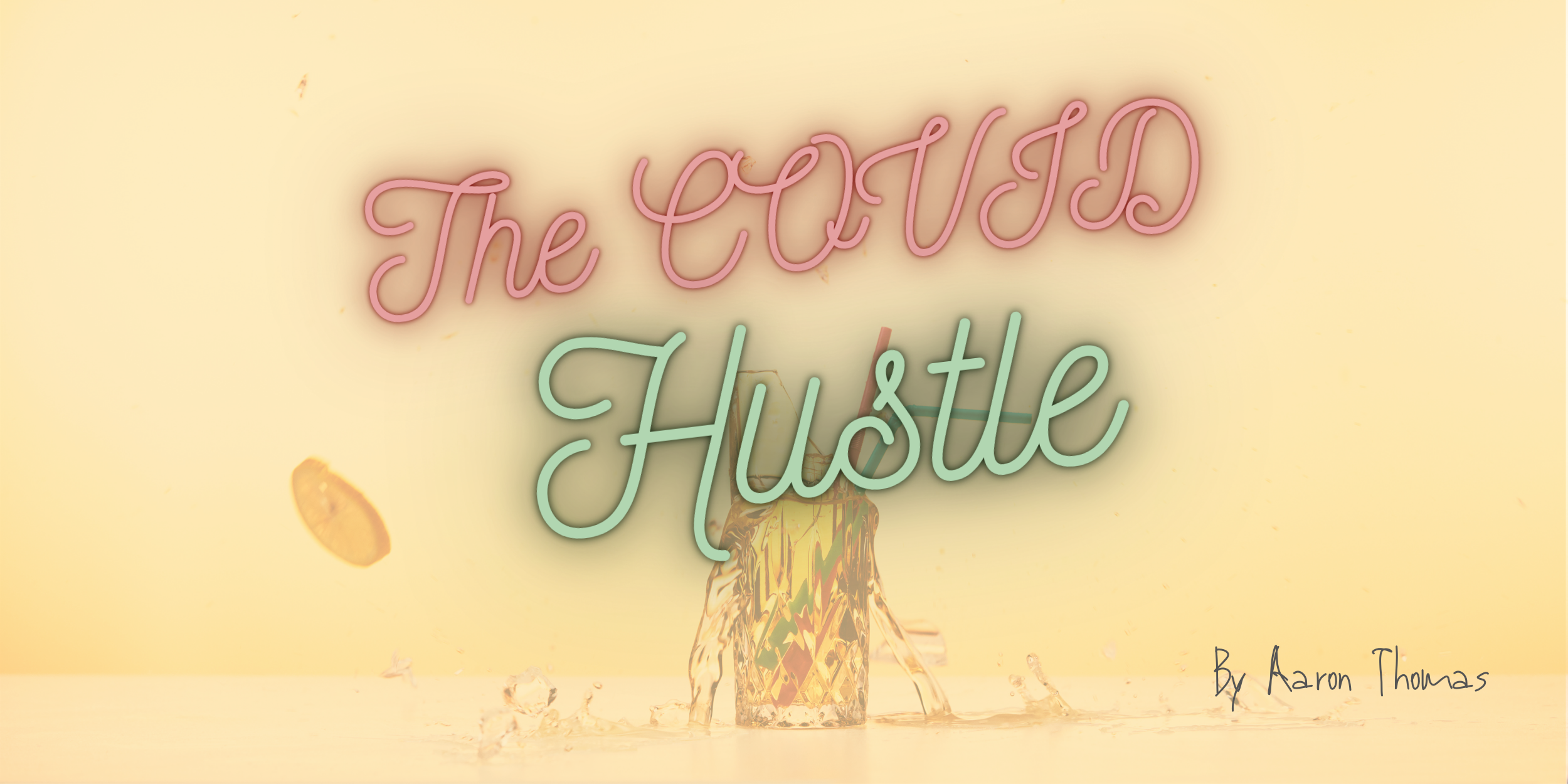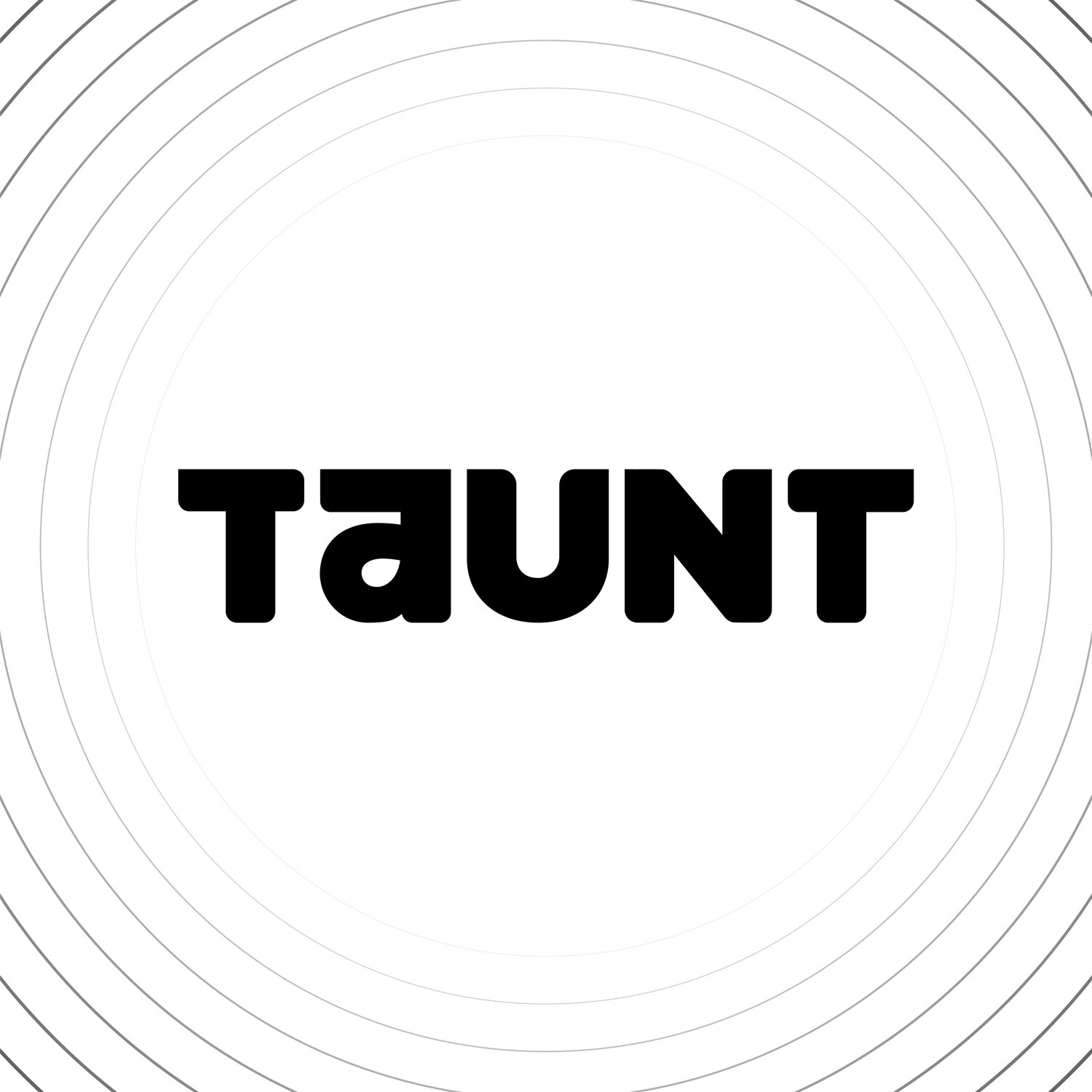
On Friday the 13 of March, 2020, I stood in a terminal of the Austin-Bergstrom International Airport, anxiously awaiting my one way flight back to Louisville. The feeling of tension and uncertainty in the air was palpable, as America was, unbeknownst to many, at the start of a reckoning. The novel coronavirus had reached the US, and cases were climbing by the hour.
My sudden plan ticket purchase was in response to a flurry of events the day before. The past twenty-four hours had become a collection of unforgettable moments, as I sat with friends in Austin on their living room couch. From sunrise to sunset, we all stared into our phones, only conversing with one another to announce a cancellation or closure due to the virus. Colleges and universities, music festivals, international conventions, even the NBA and Disney closure announcements were coming in faster than we could refresh our Google searches. In addition to these discoveries, I had received news from afar that three out of five of my places of employment (yes, I worked five jobs at the time) had already closed or were expected to cease operations in the coming days. The hardest hit were my two main gigs as a live venue bartender and my bartending spot at a local downtown brewery.
The following Monday, March 16th, this reckoning took hold of the community I hold near and dear, as Kentucky Governor Andy Beshear issued an executive order to close the state’s in-person traffic of bars and restaurants.
Carry-out and delivery options would still be available, but dining rooms and patios were gone, or as we say in the service industry: “86’d.” Consequently, a vast majority of servers and bartenders who relied on customer tips as income, were officially out of work, effective immediately.
So, what was everyone out of a job to do? Unlike most other industries, members of the service industry did not have the option to work from home. Was unemployment insurance (UI) an option? Should we start looking for a career change? Where was the chapter on “What to do if you lose your income overnight due a global pandemic” in the handbook?
Days following the closure, the panic permeated through local online communities, namely the “Louisville Service Industry” Facebook group, which quickly became more of an unemployment question database. Thousands of people that had never navigated UI previously were all traversing these terrifying waters together. The overwhelming number of claims attempting to be filed combined with a labor shortage in the unemployment office caused an inevitable collapse in the expedition of the system. So many of us waited in phone call queue lines for days, even weeks, before we were finally able to file. I was one of the lucky ones. Some never received UI at all. Some are still in the queue six months later.
With countless members of the industry instantly without income, and collectively “in the weeds”, the loss of basic human necessities was a real fear within the tight-knit community. Luckily, there were already grassroots plans being set in motion. The LEE Initiative began running a food and supply train out of the recently closed doors of 610 Magnolia for those in the industry impacted by the shutdown. Other establishments soon joined the effort. Rye on Market and Galaxie began providing family meals, Joella’s Hot Chicken started offering kids meals, and Four Pegs Beer Lounge handed out meals and groceries they had received from distributors.
“We were trying to take care of our people,” said Chris Williams, owner of Four Pegs and 502 Cafe Food Truck.
“We were trying to take care of our people,” said Chris Williams, owner of Four Pegs and 502 Cafe Food Truck. Williams has worked in all facets of the restaurant industry over the past 20+ years, and understood the struggle of losing daily income overnight. In June, the U.S. government, as part of the CARES Act, distributed the Payment Protection Program (PPP) to small businesses. These loans were intended to ease the negative economic impact caused by the pandemic shutdown, especially to keep employees on the payroll. While Four Pegs did receive a portion of the PPP, Williams said he was thankful for it, but that it did not have long term sustainability, “We were trying to pay our workers $10/hr, but that burnt up quick.”
Without ensured income, regaining staff was difficult. Williams began working as a one man show at the beginning of the shutdown, taking call-in orders over the phone and cooking them in the kitchen as well. With only to-go business allowed, there was no guarantee that front-of-the-house staff would make any money at all, “I wanted it to be worth their time.” Williams eventually hired back on a few cooks, but with revenue dropping, the Germantown hangout struggled to stay afloat and pay its workers. “So, we were back to square one. How do I get these people paid?”
Back of the house employees felt the vibrations of this, too. “The world became scared to go to restaurants as the trickle down unraveled,” Anjie Herbert, sous chef at Riot Cafe and Limbo Tiki Bar explained. “With less business coming in, we’re all wondering if we’re going to get enough hours now.”
Along with the unknown certainty of consistent pay comes the heightened worry for the future. The constant changing of rules and regulations, details (or lack thereof) on how to serve patrons from the state and local governments and even murmuring of another shutdown has created an unsettled feeling amongst the industry about its future. “A decision need(ed) to be announced up front, across-the-board,” Hebert said, “because we don’t know what’s going to happen to us.”
On May 22nd, Gov. Beshear announced the “Healthy At Work” rules for reopening dining rooms and patios in restaurants only.
Businesses could operate at 33% capacity. Many of us were pessimistic about this: 33% of normal business meant 77% less tips. At this point, the service industry had become the guinea pigs of the pandemic workforce. The fear of catching the virus that was and is a devastating threat every time we walk through the threshold of our workplaces. Bars were still not allowed to reopen until August 10th, the same date restaurants’ capacity was raised to 50%.
This rollercoaster of occupancy and protocol had also become a prominent issue upon reopening. Patrons were required to wear a mask when entering an establishment, but that is one of the very few rules that has been implemented unanimously. Some watering holes and eateries have organized a single-file, socially distanced line to the counter or bar to order food and libations. Others require the guest to be seated and table service mandatory. Mask stays on if you’re standing, mask can come off if you’re seated. If you serve food, you can have folks sitting at the bar. If you’re a bar only, you can’t. Apparently that recently changed, and now no one can sit at the bar? Sounds pretty self-explanatory, right?
The inconsistency in different eatablishment’s safety compliance has played a major factor. Some businesses are strictly adhering to the city’s Health Department inspections, while others have chosen a more lenient approach, choosing to take the risk of fees and impositions if they can still carry on, business as usual. This void has created a geyser of confusion and frustration for everyone involved, especially those of us on the clock. After all, these regulations are just as much for the guests’ safety as they are for the protection of the staff. Yet, somehow, the employees have become the villain here. The lack of humanization and empathy towards staff on duty is quite real. In some cases, it feels as if the customer is blind-sided by these regulations. I can assure you, we did not make the rules. We’re just trying to stay alive.
I ventured to NoraeBar [Editor’s Note: Guest editor Kelsey Westbrook is the Beverage Director and Event Coordinator of NoraeBar] , a newly opened karaoke joint in the NuLu neighborhood, to check out how the new rules were being implemented and how the bar guests were reacting to them. “Sometimes I feel like a babysitter putting adults in timeout,” TJ Ghant, bartender and server at NoraeBar says, “transparency is key (with instructions on safety measures),” she says. “You just have to be honest with your guests about the situation.”
TJ, like all of us in the hospitality field, is on the front lines in the world of guest services. Rolling the dice of being exposed to COVID-19 every time we enter our respective places of employment is a very real concern. “I get tested at least every few weeks because I have to go home to my family,” TJ lives with her brother, who is immune-compromised, and runs the high risk of severe symptoms if infected with the virus.
With COVID-19 numbers on the rise again, and a shutdown that seems to loom on the horizon, most of us in the hospitality universe have the same outlook on its future: We just. Don’t. Know.
But, that’s the nature of the beast for those of us in the service industry. Resilience is our middle name and rolling with the punches is our forte. Some folks have found solace in their weekly unemployment benefits. Others have managed to get by, even with dwindling business revenue against them. A few have survived by adding a plethora of side gigs to their ailing income. We’re a brood of tough folks that understand fluctuating revenue and rolling with the punches.
Now, it’s eight months after that moment amongst friends on that couch in Texas, and that universe seems lightyears away. Post-shift outings with coworkers to reconcile the evening’s hardships over a few pours of bourbon at the closest pub are a thing of the past. Unwinding in someone’s living room over a bottle has become more prevalent, and usually involves a discussion on how else to make ends meet. With an abundance of local bars and restaurants being forced to close their doors, the future often feels bleak. There is a light at the end of this tunnel, though. To reach the finish line, we will just have to continue to hustle.
Make it stand out.
Aaron Thomas is a Louisville native with a passion for human rights, live music, and all things most folks think are crazy. He lived in Austin, Texas for a few years and my second home is New Orleans. He’s a career bartender everywhere, tour guide for the Bourbon City Cruisers, event coordinator for A Well Written Photograph, and live event crew manager for the SXSW festival.

